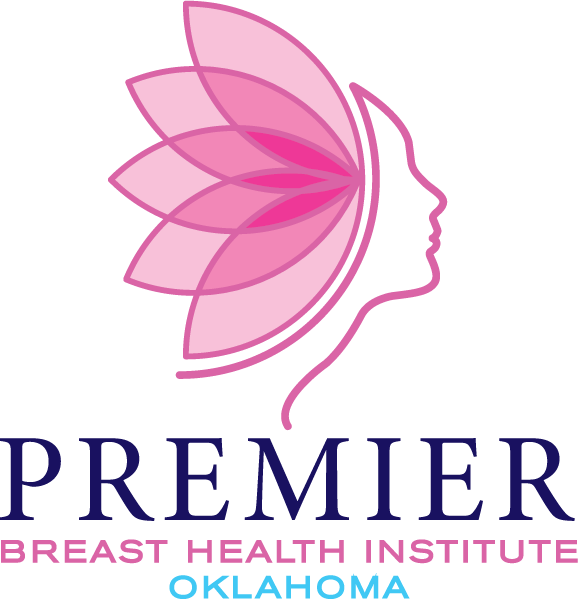What Makes Mammograms a Crucial Tool in Breast Health?
Breast imaging is essential for maintaining breast health and early cancer detection. Understanding the tools used in breast imaging can empower women to make informed decisions about their health. Breast ultrasound and mammograms each play critical roles. While ultrasounds excel at differentiating fluid-filled cysts from solid masses, mammograms are unmatched in detecting early signs of cancer. Together, they provide a comprehensive view of breast health, offering peace of mind and accurate diagnostics. Mammograms in OKC remain a vital part of routine breast health screening.
Enhancing Breast Imaging with Ultrasound
Breast ultrasound is a valuable tool that complements mammograms in breast imaging. It uses sound waves to create images of the inside of the breast. It excels at differentiating fluid-filled cysts from solid masses. For women with dense breast tissue, which can obscure mammogram findings, ultrasound provides additional clarity. It's also crucial for guiding biopsies by pinpointing the exact location within the breast. While ultrasound enhances breast health assessment, it's not a substitute for regular mammogram screenings.
Demystifying the Mammogram Process
Mammograms, a crucial tool for breast health, are categorized into two types: screening and diagnostic. Screening mammograms utilize low-dose X-rays to detect potential breast cancer in asymptomatic women. Conversely, diagnostic mammograms are employed when breast symptoms arise, or abnormalities are discovered during screening. They may involve additional imaging techniques not typically used in screening. Diagnostic mammograms can also be used to monitor women with a history of breast cancer. The procedure involves brief breast compression to ensure clear imaging for accurate interpretation. Despite concerns, the discomfort is minimal and temporary. The ultimate goal of both types of mammograms is to facilitate early detection and treatment of breast cancer.
Does a Mammogram's Radiation Pose a Risk?
Mammograms use low-dose radiation, raising concerns about potential harm. However, the American Cancer Society emphasizes that the benefits of early breast cancer detection outweigh any risks. The radiation exposure from a mammogram is comparable to the natural radiation a woman receives over several weeks.
The Lifesaving Potential of Mammograms
Early Detection
Mammography can identify breast cancer in its early stages before symptoms develop. Early detection increases the chances of successful treatment and survival.
Accurate Screening
Mammograms are highly effective at detecting tumors and abnormalities that may not be felt during a physical exam. This accuracy helps in diagnosing breast cancer at a more treatable stage.
Reduced Mortality Rates
Mammography can help reduce deaths from breast cancer among women ages 40 to 74, who are at average risk of breast cancer. According to studies of the National Cancer Institute, regular mammograms reduce the risk of dying from breast cancer. Early detection through mammography leads to earlier intervention, which can significantly improve survival rates.
Peace of Mind
Regular mammograms provide reassurance and peace of mind. Knowing that you are actively monitoring your breast health can reduce anxiety and stress.
Advanced Imaging Techniques
Modern mammography technology, such as 3D mammography (tomosynthesis), provides clearer and more detailed images. This advancement enhances the accuracy of breast cancer detection and reduces the likelihood of false positives.
Customized Screening Plans
Mammography allows healthcare providers to create personalized screening schedules based on individual risk factors, such as age, family history, and genetic predisposition.
Detects Non-Cancerous Conditions
Mammograms can also identify benign breast conditions that may require monitoring or treatment, contributing to overall breast health.
Can Breast Ultrasound Replace Mammography?
Breast ultrasound is a powerful tool, but it doesn't replace mammograms. Mammograms can detect findings like microcalcifications, which are often not visible on ultrasound. So, while ultrasound is a valuable addition, it's not a substitute for mammogram screening.
Schedule Your Mammogram Today
Your breast health journey starts with knowledge and action. Take the first step and contact Premier Breast Health Institute of Oklahoma today to learn more about mammograms in Oklahoma City and schedule your appointment.

